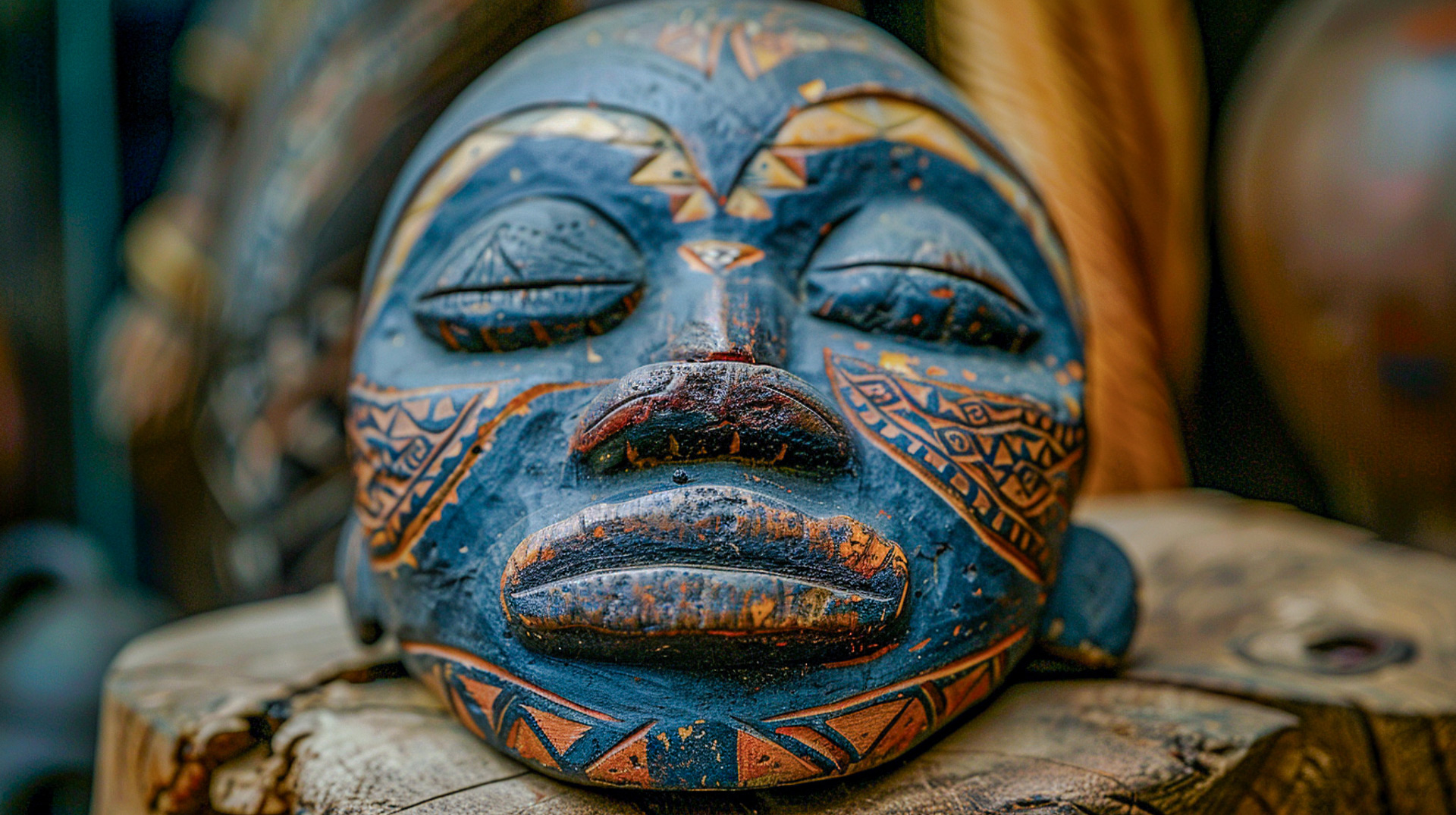Welcome to a journey into the enigmatic world of the trickster archetype in African mythology. These captivating figures, often shrouded in mischief and deceit, offer profound insights into our human nature, societal values, and the transformative power of chaos.
1. Paradoxes of Power: The Trickster's Dual Essence
Our first stop is with Anansi, the cunning spider-god of West African lore. Anansi, a master manipulator and weaver of tales, embodies the paradoxical nature of the trickster. He is both a creator and a disruptor, a source of wisdom and mischief. Through his stories, we learn that power can be used for both good and ill, and that even the most seemingly negative traits can have a positive impact.
Key Lesson: Embrace the duality within yourself and recognize the potential for both creation and destruction in your own actions.

2. Through the Looking Glass: Tricksters as Cultural Reflectors
The Hare, a trickster figure found in many African cultures, serves as a mirror reflecting society's values, fears, and contradictions. Through his cunning and wit, he exposes hypocrisy and challenges social norms. The Hare's stories remind us that even the most revered traditions can be flawed and that power can be found in unexpected places.
Key Lesson: Question societal norms and be open to alternative perspectives.
3. Mischief and Morality: The Trickster's Ethical Ambiguity
Eshu, the Yoruba trickster deity, embodies chaos and disruption. His actions often defy conventional morality, forcing us to question our assumptions about right and wrong. Eshu's stories teach us that chaos can be a catalyst for change and that true wisdom lies in embracing ambiguity.
Key Lesson: Don't be afraid to challenge your own beliefs and explore the gray areas of life.

4. From Mischief to Transformation: Psychological Underpinnings of Trickster Myths
Tokoloshe, the mischievous Zulu spirit, embodies our shadow selves – the parts of us we often hide or deny. His antics force us to confront our fears and anxieties, ultimately leading to personal growth and transformation. Tokoloshe teaches us that the path to wholeness involves embracing our darkness.
Key Lesson: Acknowledge your shadow self and integrate it into your whole being for personal growth.
5. Reconciliation and Integration: Embracing the Trickster for Contemporary Renewal
In modern times, trickster figures like Sundiata Keita, the legendary founder of the Mali Empire, offer guidance on navigating complex social issues. These characters demonstrate how trickster qualities, such as cunning and adaptability, can be harnessed for positive change. By embracing the trickster within ourselves, we can find new ways to approach challenges and build a more harmonious society.
Key Lesson: Learn from the trickster's wisdom and use it to navigate the complexities of modern life.
Conclusion
The trickster archetype in African mythology is a powerful reminder that life is not black and white. These figures challenge us to embrace complexity, question our assumptions, and find balance in the midst of chaos. By understanding their stories and the lessons they offer, we can unlock new levels of self-awareness, personal growth, and societal transformation. So, let us all embrace our inner trickster and dance with the shadows, for it is in the darkness that we truly discover the light.
